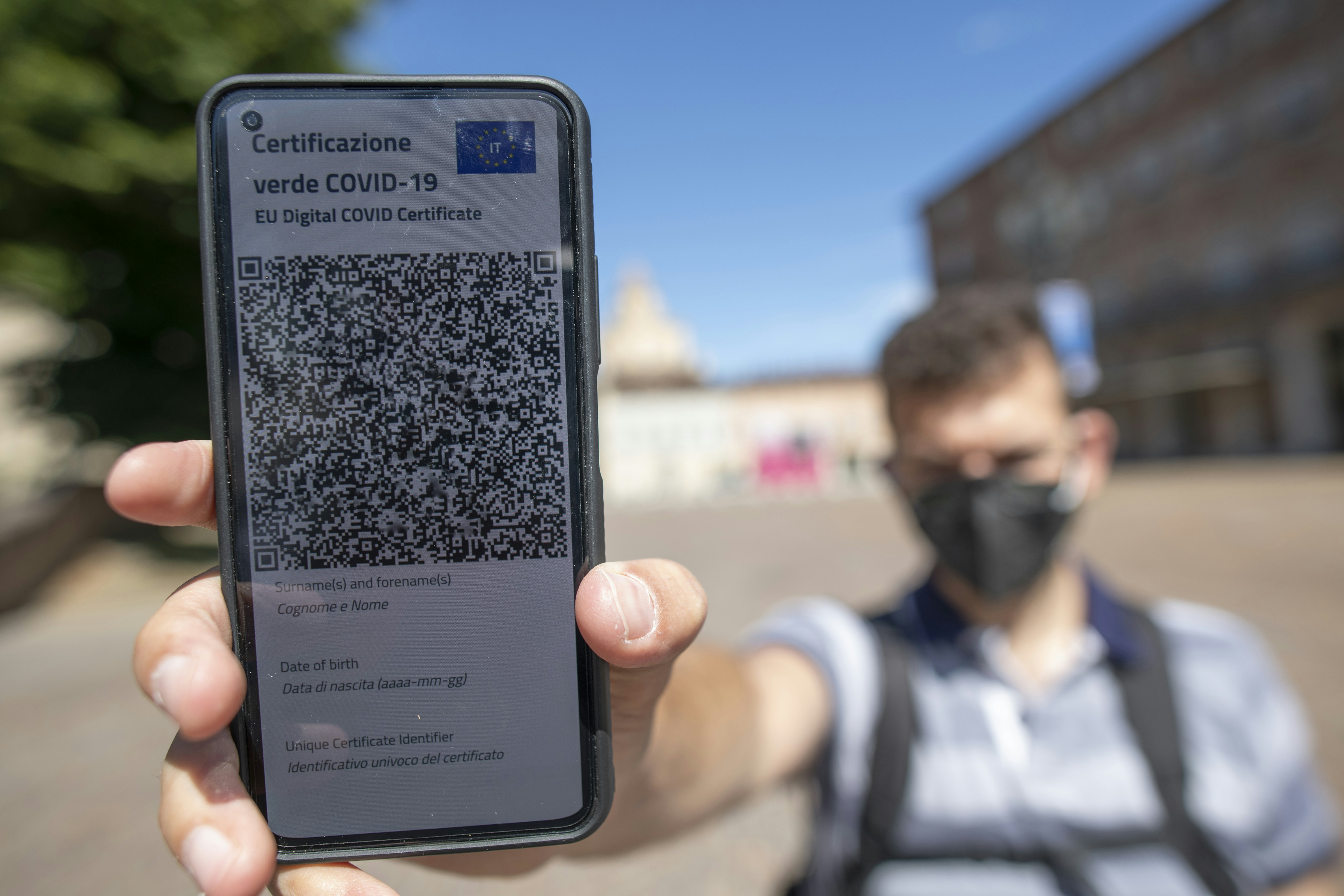Italy has expanded the use of it 'green pass' - here's what travelers need to know

Aug 10, 2021 • 3 min read

Italy introduces a green pass to access cultural, wellness and entertainment venues amid resurgence in coronavirus infections ©Getty Images
The Italian government has confirmed that from September 1, people will need to present proof of vaccination, recovery from COVID-19 or a recent negative test to access public transport in Italy. Since August 6 the same COVID pass or green pass has been required of individuals to enter indoor venues like restaurants and museums.
What is a green pass?
A green pass is a vaccine passport or health pass. They've become increasingly popular in recent weeks as countries figure out ways for non-essential businesses to continue to safely operate during the pandemic, while limiting the spread of the virus. Denmark was the first country in Europe to launch a COVID-19 pass scheme so that fully vaccinated people, as well as those who test negative or have recovered from the virus, could enter indoor public spaces. France and Spain followed suit with their own health passes, and in the US a similar scheme has been introduced in New York City to ensure people infected with COVID-19 are not entering venues where the virus could easily spread.
Read more: France announces new system to help tourists access the health pass
Where do I need to present it in Italy?
In Italy, their version of the vaccine passport or health pass is known as the green pass. It's an extension of the EU digital COVID-19 certificate and people need to present it to enter indoor spaces such as museums, football stadiums, gyms, theme parks, spas, swimming pools and theaters. It's also required to sit indoors at bars and restaurants.
On Tuesday, the Italian government announced that from September 1 the green pass will be extended to cover access to public transport. That means people will need to present their green pass to board trains, planes, buses and ferries.

The introduction of the green pass is meant to encourage vaccine uptake as the Delta strain spreads rapidly across Italy. It can be presented in either digital or paper format. In Italy it certifies that the holder has had at least one jab of the vaccine (AstraZeneca, Pfizer, Moderna or Johnson & Johnson), has tested negative in the previous 48 hours or has recovered from the virus in the last six months.
How can tourists access Italy's green pass?
Tourists who are traveling to Italy from an EU country need to present the EU digital COVID-19 certificate to enter the country, and they can then use that cert to enter venues under the green pass scheme. If vaccinated, they will need to have completed the vaccine course.
Italy is open to tourists from low-risk non-EU countries including the US, Japan and Canada—and travelers coming from those countries are required to show proof of vaccination before traveling with a health document that's compliant with EU and Italian regulations. For Americans, that's the ‘white card’ with the CDC logo. According to the US Embassy in Italy, those vaccination cards can be used to enter spaces where the green card is required.
The Italian government has confirmed that it will also accept official COVID documents that were issued in Canada, the UK, Japan and Israel from tourists too. If you're not vaccinated, you'll need to be tested via a PCR or antigen test within the previous 48 hours. Always check the latest government advice before travel. You can find more information on the green pass here.
This article was first published on July 23 and updated on August 10, 2021.
You might also like:
Italy visa requirements
When is the best time to go to Italy?
How to get around in Italy






